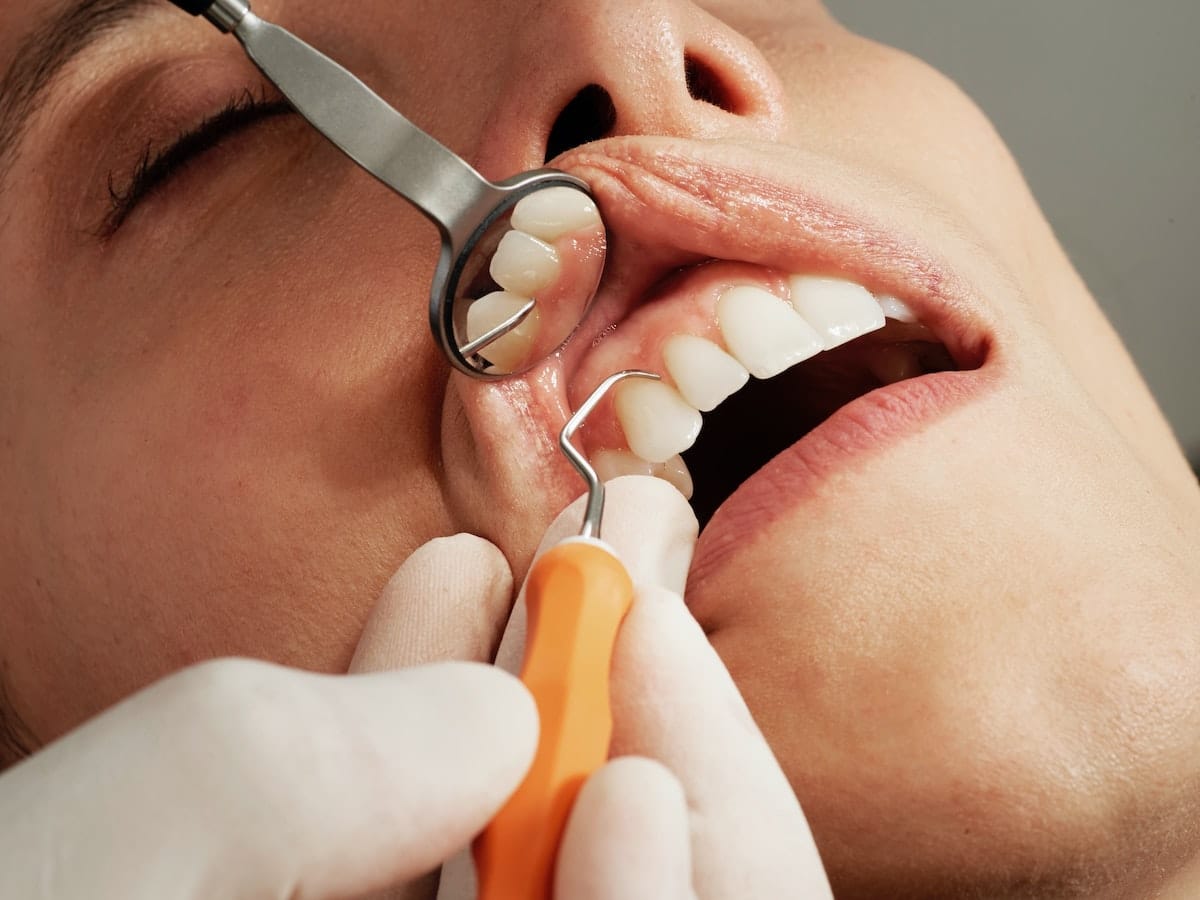Table of Contents
Dentists provide a wide range of services to their patients, from teeth cleanings to root canals. While each dentist may have their own specialty, there are a few procedures that are more common than others. In this blog post, we’ll take a closer look at the five most common dental procedures. Keep in mind that this list is not exhaustive – your dentist may offer additional procedures depending on your needs.
So if you’re curious about what procedures might be available to you, be sure to talk to your dentist!
Teeth Alignment
Straight teeth are not only more aesthetically pleasing, but they can also be healthier. Crooked teeth can lead to a number of problems, such as tooth decay, gum disease, difficulty chewing and speaking clearly. Thankfully, there are a number of solutions available to correct crooked teeth, including braces and Invisalign. If you are considering straightening your teeth, it is important to understand the different options available to you. You need to discuss the pros and cons of each method with your doctor so that you can make an informed decision about which option is best for you.
Root Canal Treatment
Root canal treatment is a common dental procedure that is used to save a tooth that has been damaged by infection or decay. It can be used to treat a variety of dental problems, including a cracked tooth, a tooth with severe decay, or an infection in the root canal. During a root canal, the dentist will remove the pulp from the inside of the tooth and then clean and seal it.
If you are experiencing a severe toothache, throbbing sensation, sensitivity to hot and cold, discoloration of the tooth, swelling, and tenderness in the gums it is possible that you may need root canal treatment services. The sooner you seek treatment for a potential root canal infection, the better your chances of preserving your natural teeth. Consult with your dentist today to determine if you need root canal therapy.
Teeth Cleanings
According to the American Dental Association, teeth cleanings are one of the most common dental procedures. It accounts for nearly two-thirds of all dental treatments. They are performed to remove plaque and tartar from teeth, which can cause cavities and gum disease. Dentists use a variety of tools, including suction devices, scalpels, and lasers, to clean teeth. Teeth cleanings are an important part of oral health care and are recommended twice a year for adults. Regular teeth cleanings can help prevent plaque buildup, gum disease, and tooth decay.
Dental Implants
Dental implants are a popular choice for those who are missing teeth. Unlike other forms of tooth replacement, such as dentures or bridges, dental implants are permanently anchored into the jawbone. This means that they not only look natural, but they also feel like your own teeth. In addition, dental implants can improve your oral health by preventing neighboring teeth from shifting out of place.
If you are thinking about getting dental implants, be sure to consult with a dentist who has experience with this procedure. He or she will be able to assess your individual situation and determine if you are a good candidate for this treatment. Keep in mind that dental cosmetic or dental implant surgery is not covered by most insurance plans, so it is important to factor in the cost when making your decision.
Teeth Whitening
Teeth whitening is one of the most commonly requested dental procedures in the whole world. The American Academy of Cosmetic Dentistry finds that 96 percent of people believe a white smile makes a person more attractive. There are many ways to achieve whiter teeth, from over-the-counter remedies to professional treatments. Each method has its own benefits and drawbacks, so it’s important to understand the different options before you decide which route to take. Talk to your dentist about the best way for you to achieve brighter teeth.
Conclusion
Dental procedures can be daunting, but they are essential for maintaining good oral health. By understanding the purpose of each procedure and weighing the risks and benefits, you can make an informed decision about which procedures are right for you.


